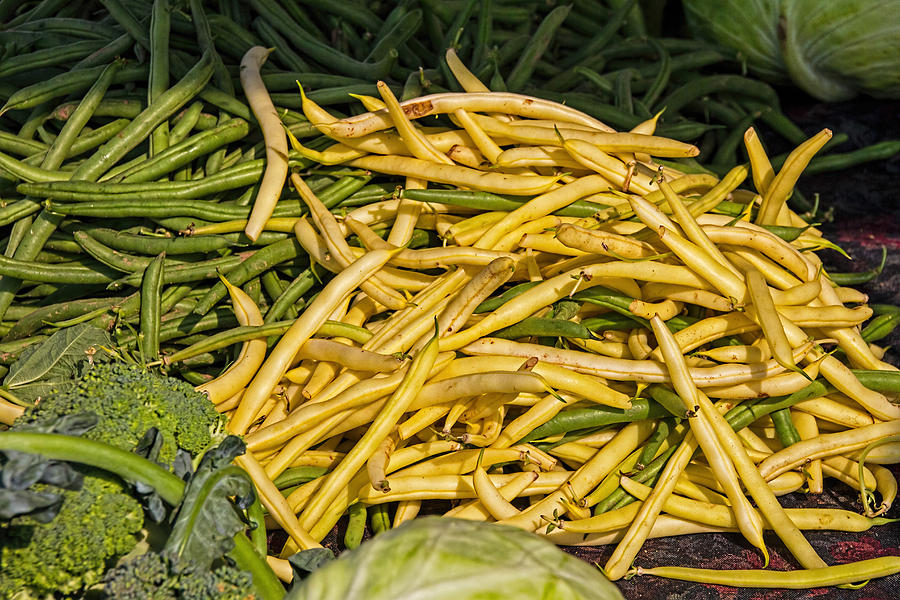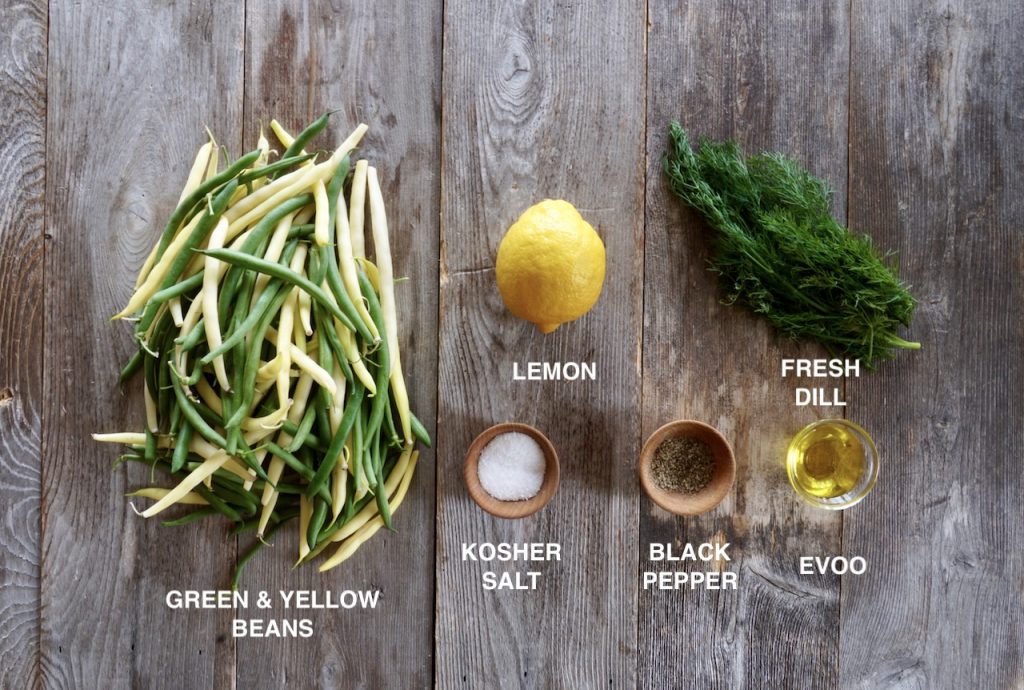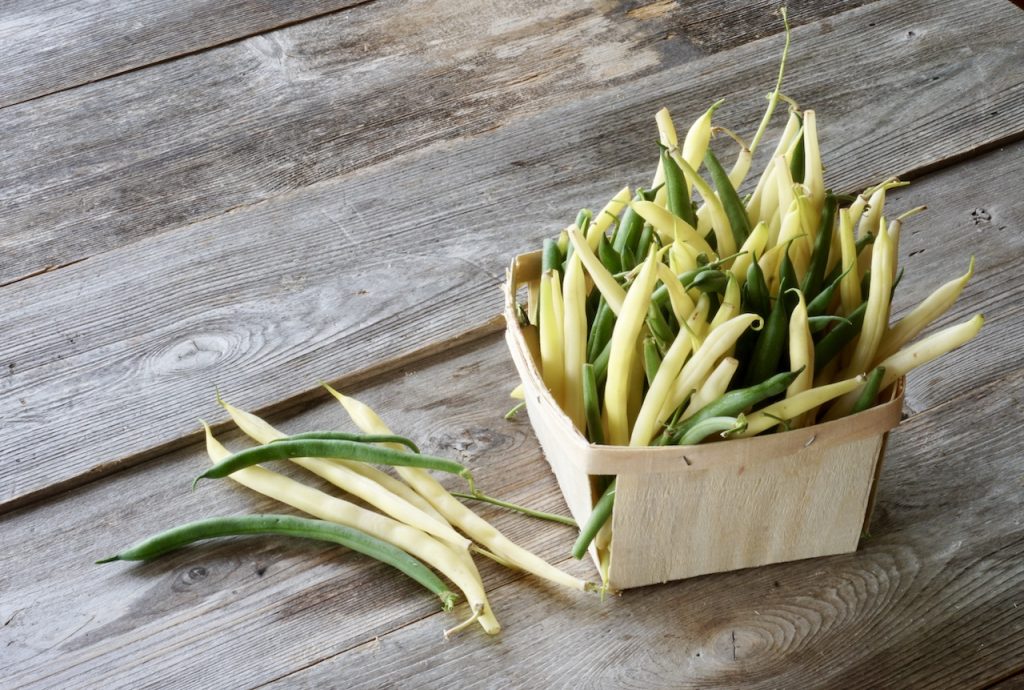Walk down the produce aisle and you’ll spot all shades of beans—green purple yellow, and more. It’s easy to assume they must be different varieties with their own distinct flavors and textures. But are yellow beans, also called wax beans, truly in a bean class of their own, or are they just green beans dressed up in bright yellow? Let’s unravel this produce mystery.
A Matter of Pigmentation
The key difference between green and yellow beans lies in one thing—chlorophyll.
Green beans contain this green pigment, giving them their signature verdant color. Yellow wax beans, on the other hand, have been bred not to produce chlorophyll. This leaves their pods a pale primrose shade.
Aside from chlorophyll content, yellow and green beans share essentially the same biology. They belong to the same species, Phaseolus vulgaris, and have a nearly identical appearance and taste when cooked.
So why produce wax beans at all? Their unique color provides visual interest and variety for recipes. Uncooked they offer a pleasing golden color to contrast with the deep greens of salads. Their pale hue also holds up better to high cooking temperatures compared to greens beans which can fade or dull.
Similarities Abound
When looking past color, green and wax beans are remarkably alike. Here are some of their many similarities:
-
Texture – Both have a signature crunchy, juicy bite when raw. They soften similarly when cooked.
-
Size – They come in a comparable range of lengths and widths. Both commonly measure 5-8 inches long.
-
Growing habits – Wax and green bean varieties exist in both bush and vining/pole bean types.
-
Peak season – They flourish in summer and are in season together as fresh, local produce.
-
Preparation – From chopping to cooking methods, wax and green beans can be prepared and substituted for each other seamlessly.
-
Taste – When served raw or cooked, the two have a virtually indistinguishable flavor. Subtle grassy notes with mild sweetness are found in both.
-
Nutrition – Beans of any color provide fiber, vitamins C and K, folate and more. Wax and green offer the same nutritional benefits.
Perfectly Interchangeable
Given their similarities, cooks can freely substitute equal amounts of wax beans for green beans in any recipe, and vice versa. Stir-fries, salads, casseroles and more are all enhanced by their crisp texture and verdant flavor.
Some quick recipe ideas include:
-
Three bean salad – Mix wax, green and your choice of other fresh beans for a colorful side
-
Sauteed beans – Quickly saute wax and green beans in olive oil with garlic
-
Green bean casserole – Yellow beans give this classic comforting dish a makeover
-
Raw bean crudite – Serve crunchy raw yellow and green beans with dip for a pretty platter
Celebrating All Bean Hues
While yellow wax beans and green beans are essentially two versions of the same vegetable, their subtle differences in hue expand the possibilities. Both add appealing texture and fresh flavor to warm weather meals.
Rather than debating which is best, embrace all the bean colors nature provides. A rainbow of bean varieties on your plate not only looks lovely but provides a range of nutrients as well.
So next time you shop for beans, fill your basket with plentiful shades. Then enjoy these crisp, healthy legumes in their full colorful glory. Both green and yellow beans deliver everything you love about summer’s favorite veggie—that satisfying snap and taste that just says summer.
Frequently Asked Questions about Green and Yellow Beans
Still have questions about the relationship between these bright veggie cousins? Here are answers to some common FAQs:
Are wax beans less healthy than green beans?
No. Wax and green beans are nutritionally identical. The only difference is wax beans lack chlorophyll.
Can you eat wax beans raw?
Absolutely! Yellow wax beans are delicious raw in salads or on veggie platters, just like green beans.
Do wax beans taste sweeter than green beans?
Not necessarily. They have a very similar flavor when tasted side by side. Subtle differences come down to individual growing conditions more than anything inherent to the beans themselves.
Why are wax beans more expensive than green beans?
Specialty produce like colored beans tends to command a slightly higher price. But when wax beans are abundant in season, prices are generally comparable to green bean varieties.
What recipes work well with wax beans?
Any recipe for green beans can seamlessly incorporate yellow wax beans. Salads, sautés, casseroles and more are all tasty options. Experiment and find your favorites!
So embrace the beauty of all bean hues this summer. Let green and yellow varieties mingle deliciously on your table and enjoy their crisp flavors together.

These EASY YELLOW AND GREEN BEANS are not only easy to make, but they’re also remarkably tasty, too!
I quickly went to my nearby farm stand to get the three stars for this “serve with everything” bean salad. Follow my lead and pick up both yellow and green beans plus a bunch of fresh dill. Then get to work right away because our EASY GREEN AND YELLOW BEANS are ready in no time.
This post will answer all of your burning questions about beans like:
- What’s the difference between green beans and yellow beans? Wax beans, which are also called butter beans or yellow beans, are a type of green bean.
- How long should you boil fresh beans? They should be soft but still crunchy. We’ll show you how to blanch them in this post.
- Yes, beans are good for you. We’ll talk more about that in a moment.
Let’s put those fresh beans to good use and make this delicious EASY YELLOW AND GREEN BEANS recipe.

Oh, the picture of the things you need for this recipe is beautiful, right? This recipe shows that tasty food can be easy to make. We usually say to buy organic and locally grown food whenever you can. Go to a local farmers market and look for the dill, yellow beans, and fresh green beans. Try to get freshly picked beans while you’re at it; you will taste a difference.

